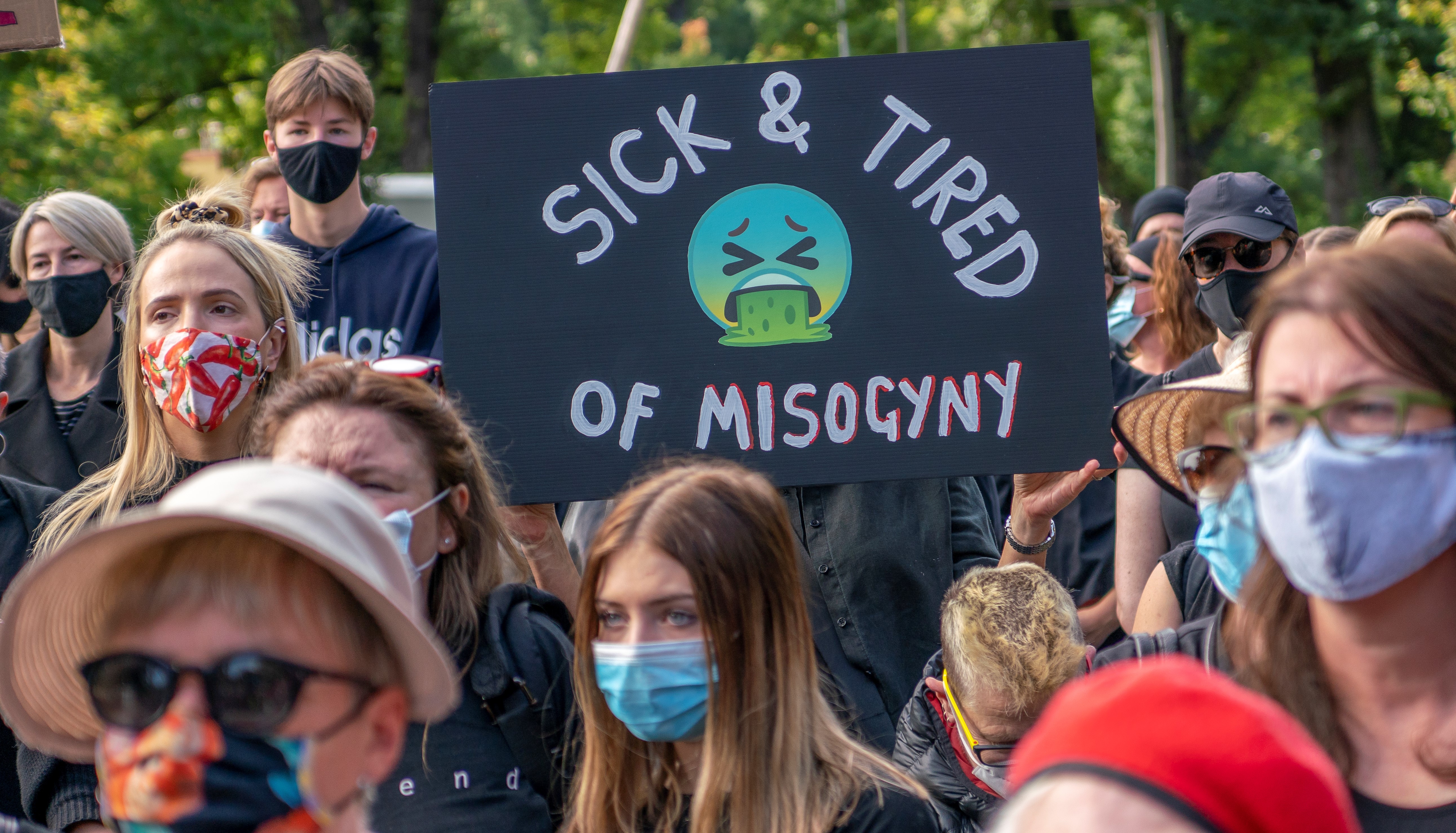The Supreme Court of Tasmania ruled on Friday that the Museum of Old and New Art (MONA) in Hobart was within its legal rights to bar men from attending a women-only art exhibit aimed at addressing gender inequalities. The exhibit, titled the “Ladies Lounge,” was designed to highlight the exclusion of women from male-dominated spheres of society by creating a space exclusively for women. The exclusion prompted a complaint by a male visitor, who argued that this gender-based restriction violated Tasmania’s anti-discrimination laws.
The complainant brought the matter to the Tasmania Civil and Administrative Tribunal, which initially ruled that the museum’s policy of excluding men was discriminatory under the state’s Anti-Discrimination Act, which prohibits treating individuals unfavorably based on characteristics such as gender unless specific legal exemptions apply.
The Supreme Court of Tasmania overturned the Tribunal’s decision, finding that MONA’s exhibit qualified for an exemption under the Anti-Discrimination Act. The court determined that the exclusion was lawful because it served a legitimate purpose in addressing gender-based social imbalances under Part 5 of the act. The ruling emphasized that Australia’s anti-discrimination laws allow for exemptions when the exclusion serves to redress historical inequalities or provide disadvantaged groups with unique opportunities for reflection and empowerment.
The lounge’s creator, Kirsha Kaechele, stated during the hearing that “the artwork’s intention is to promote equality for women, a group which is disadvantaged and that may be established by past discrimination.”
The court’s ruling comes against a backdrop of ongoing gender inequality in Tasmania, particularly in areas such as leadership, employment, and pay equity. Although there have been improvements in women’s rights, the state still faces significant challenges in closing the gender gap, especially in traditionally male-dominated industries like politics, business, and the arts.


